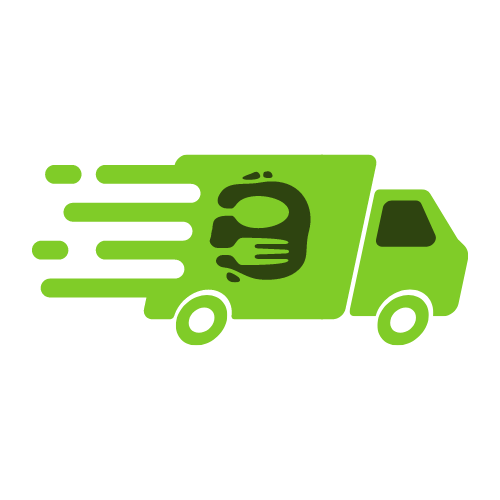Navigating Taxes in the Gig Economy

The gig economy, characterized by freelance, part-time, and temporary work arrangements, often facilitated by digital platforms, has been a game-changer for many people seeking flexibility and independence in their work. However, navigating taxes in the gig economy can be complex. Here's a guide to help gig workers understand and manage their tax obligations.
Understanding Your Tax Obligations
In the gig economy, workers are typically classified as independent contractors, not employees. This means that you are responsible for paying your own taxes, including income tax and self-employment tax, which covers Social Security and Medicare taxes. You'll need to report all your gig income on your tax return, even if you don't receive a tax form from the gig platform or if your income is below a certain threshold.
Tracking Your Income
Keeping track of your income is crucial for accurately reporting your earnings and paying your taxes. Most gig platforms provide a summary of your earnings, but it's a good idea to keep your own records as well. This can include spreadsheets or financial software where you record your earnings from each gig. If you work for multiple platforms, make sure to track your income from each one.
Deducting Expenses
As an independent contractor, you can deduct business expenses that are necessary and ordinary for your work. This can significantly reduce your taxable income. Common deductions for gig workers include vehicle expenses for rideshare drivers, home office expenses for freelancers, and equipment costs for various types of gigs. Keep detailed records of your expenses, including receipts, so you can substantiate your deductions if needed.
Paying Taxes Throughout the Year
Unlike employees who have taxes withheld from their paychecks, independent contractors need to pay taxes throughout the year through estimated tax payments. If you expect to owe $1,000 or more when you file your return, you'll need to make estimated tax payments. These payments are due four times a year, and failing to make these payments can result in penalties.
Filing Your Tax Return
When it's time to file your tax return, you'll report your gig income and expenses on Schedule C (Profit or Loss from Business). Your net profit from Schedule C is then reported on Form 1040 (U.S. Individual Income Tax Return), and is used to calculate your self-employment tax on Schedule SE (Self-Employment Tax).
Conclusion
Navigating taxes in the gig economy can be complex, but with careful record-keeping, an understanding of tax deductions, and regular estimated tax payments, it's manageable. Consider seeking help from a tax professional, especially if you're new to gig work or have a complicated tax situation. Remember, staying on top of your taxes is an important part of being a successful gig worker.





